In the world of cryptocurrency mining, the hardware you choose plays a crucial role in your success. Whether you’re a seasoned miner or just starting out, selecting the right equipment can significantly impact your performance and profitability. This article will guide you through the essential factors to consider when choosing mining hardware for optimal results.
Key Takeaways: Selecting the Perfect Mining Hardware
- Understanding the different types of mining hardware (GPU, CPU, ASIC, Helium) is crucial for optimal performance.
- Consider factors like hash rate, energy efficiency, initial investment, and future-proofing when choosing hardware.
- Balance your budget, desired cryptocurrency, technical expertise, and environmental impact for the best decision.
Hardware Comparison Table
| Hardware Type | Advantages | Disadvantages | Recommendations |
|---|---|---|---|
| GPU | Versatile, accessible, multiple tiers | Lower hash rate, higher power consumption | High-End: NVIDIA GeForce RTX 4090, Mid-Range: RTX 3070, Low-End: RTX 2070 |
| CPU | Accessible, easy setup, low power consumption | Lower hash rate, limited profitability | High-End: AMD Ryzen 9 7950X, Mid-Range: Intel Core i7-13700K, Low-End: AMD Ryzen 5 5600G |
| ASIC | Highest hash rate, energy efficiency | Limited versatility, high initial investment | High-Performance: Bitmain Antminer S19 Pro, Mid-Range: MicroBT WhatsMiner M30S++, Low-End: Canaan AvalonMiner 1246 |
| Helium | Low power consumption, long-range connectivity | Lower rewards, limited availability | High-Performance: Bobcat Miner 300, Mid-Range: Nebra Indoor Hotspot, Low-End: Helium SenseCAP M1 |
Choosing the right mining hardware significantly impacts your success. Let’s explore the four main types and their advantages and disadvantages:
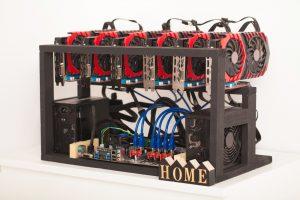
Home mining farm for cryptocurrency
1. GPU Mining:
- Advantages:
- Versatility: Mine various cryptocurrencies with different algorithms.
- Accessibility: Readily available and relatively affordable.
- Multiple Performance Tiers: High-end models (NVIDIA GeForce RTX 4090) for maximum performance, mid-range options (RTX 3070) for balance, and budget-friendly choices (RTX 2070) for beginners.
- Disadvantages:
- Lower hash rate compared to ASICs.
- Higher power consumption than CPUs.
- Recommendations:
- High-End: NVIDIA GeForce RTX 4090 (Exceptional hash rate)
- Mid-Range: NVIDIA GeForce RTX 3070 (Balanced performance and affordability)
- Low-End: NVIDIA GeForce RTX 2070 (Budget-friendly option for beginners)

Miners is working on cpu socket of mainboard
2. CPU Mining:
- Advantages:
- Accessibility: Most users already have a CPU, requiring no additional investment.
- Easy Setup: Minimal technical knowledge required for quick setup.
- Low Power Consumption: Eco-conscious choice compared to other mining hardware.
- Disadvantages:
- Lower hash rate and profitability compared to GPUs and ASICs.
- Recommendations:
- High-End: AMD Ryzen 9 7950X (Exceptional performance for CPU mining)
- Mid-Range: Intel Core i7-13700K (Balanced performance and affordability)
- Low-End: AMD Ryzen 5 5600G (Budget-friendly option with integrated graphics)
3.
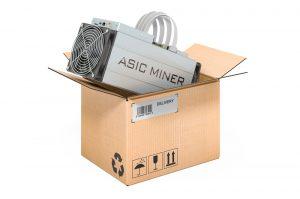
ASIC miner inside cardboard box
ASIC Mining:
- Advantages:
- Highest Hash Rate: Significantly faster mining and potentially higher profits.
- Energy Efficiency: Designed for mining with greater energy efficiency than other options.
- Disadvantages:
- Limited Versatility: Each ASIC is designed for one specific cryptocurrency.
- High Initial Investment: Significantly more expensive than other mining hardware.
- Recommendations:
- High Performance: Bitmain Antminer S19 Pro (Exceptional hash rate for Bitcoin)
- Mid-Range: MicroBT WhatsMiner M30S++ (Balanced performance and affordability for Bitcoin)
- Low-End: Canaan AvalonMiner 1246 (Budget-friendly option for Bitcoin)
4. Helium Mining:

Helium hotspot cryptocurrency miner next to a plant in a home or office.
- Advantages:
- Low Power Consumption: Minimal power required compared to other mining hardware.
- Long-Range Connectivity: Expands the reach of the Helium Network.
- Disadvantages:
- Lower Rewards: Generally generates lower rewards compared to other mining methods.
- Limited Availability: Helium Hotspots can be difficult to obtain due to high demand.
- Recommendations:
- High Performance: Bobcat Miner 300 (Excellent range and connectivity)
- Mid-Range: Nebra Indoor Hotspot (Good balance of performance and affordability)
- Low-End: Helium SenseCAP M1 (Affordable option for beginners)
Choosing the right mining hardware depends on your individual needs and priorities. Consider factors like budget, desired cryptocurrency, technical knowledge, and environmental impact before making your decision.
Performance Metrics to Consider
Hash Rate: This metric measures the computational power of your mining hardware, directly impacting your mining speed and potential earnings. Aim for hardware with a high hash rate for optimal performance.
Energy Efficiency: Balancing power consumption with output is crucial for profitability. Choose energy-efficient hardware to minimize operating costs and maximize your return on investment.
Durability and Build Quality: Invest in well-built hardware with good cooling features to ensure long-term operation and prevent potential breakdowns.
Economic Considerations
Initial Investment Costs: Hardware prices vary depending on type, performance, and brand. Determine your budget and choose hardware that provides good value for your investment.
Operating Costs: Consider the ongoing power consumption and potential maintenance costs associated with your chosen hardware. Analyze these factors to ensure your mining operation remains profitable.
Return on Investment (ROI) and Payback Period: Calculate the estimated time it takes for your mining rewards to cover your initial investment and ongoing costs. This will help you assess the profitability of your setup.
Compatibility and Scalability
Cryptocurrency and Mining Software Compatibility: Ensure your chosen hardware is compatible with the cryptocurrency you want to mine and the mining software you plan to use.
Scalability Potential: Consider your future mining plans and choose hardware that allows for expansion and upgrades as your operation grows.
Environmental Factors
Heat Generation and Cooling Requirements: Mining hardware generates heat, so efficient cooling systems are crucial to prevent overheating and damage. This factor is particularly important for residential miners.
Noise Levels: Choose hardware with manageable noise levels, especially if you plan to operate your mining setup in your home environment.
Potential Legal and Regulatory Issues
Local Regulations and Compliance: Research and comply with local regulations and laws governing cryptocurrency mining in your area.
Legal Changes and Impact on Mining: Stay informed about potential legal changes that may impact the mining industry and adjust your setup accordingly.
Future-Proofing Your Mining Setup
Anticipating Technological Advancements: Choose hardware with upgradeable components or consider options that can be easily replaced with newer models as technology evolves.
Adaptability to Changing Market Conditions: Select hardware compatible with various cryptocurrencies to adapt your mining strategy to market fluctuations.
Facts & Statistics: Mining Industry Landscape
- The global cryptocurrency mining market is expected to reach $5.9 billion by 2028. (Source: https://www.grandviewresearch.com/press-release/global-cryptocurrency-market)
- The Bitcoin network consumes approximately 0.3% of global electricity production. (Source: https://digiconomist.net/bitcoin-energy-consumption)
- The number of active Bitcoin mining rigs has been steadily increasing over the past year. (Source: https://www.blockchain.com/charts/hash-rate)
- Several alternative mining methods are being developed, such as Proof of Stake and Proof of Authority. (Source: https://coinmarketcap.com/alexandria/glossary/consensus)
- Over 200,000 Helium Hotspots are deployed worldwide, contributing to the growth of the Helium Network. (Source: https://www.helium.com/)
Conclusion
Choosing the right mining hardware requires careful consideration of various factors. By understanding the different types of hardware, analyzing performance metrics, and assessing economic and environmental aspects, you can make an informed decision that aligns with your individual needs and goals.
Sign up for our newsletter to receive the latest insights and updates in cryptocurrency mining, helping you optimize your setup and maximize your mining potential.
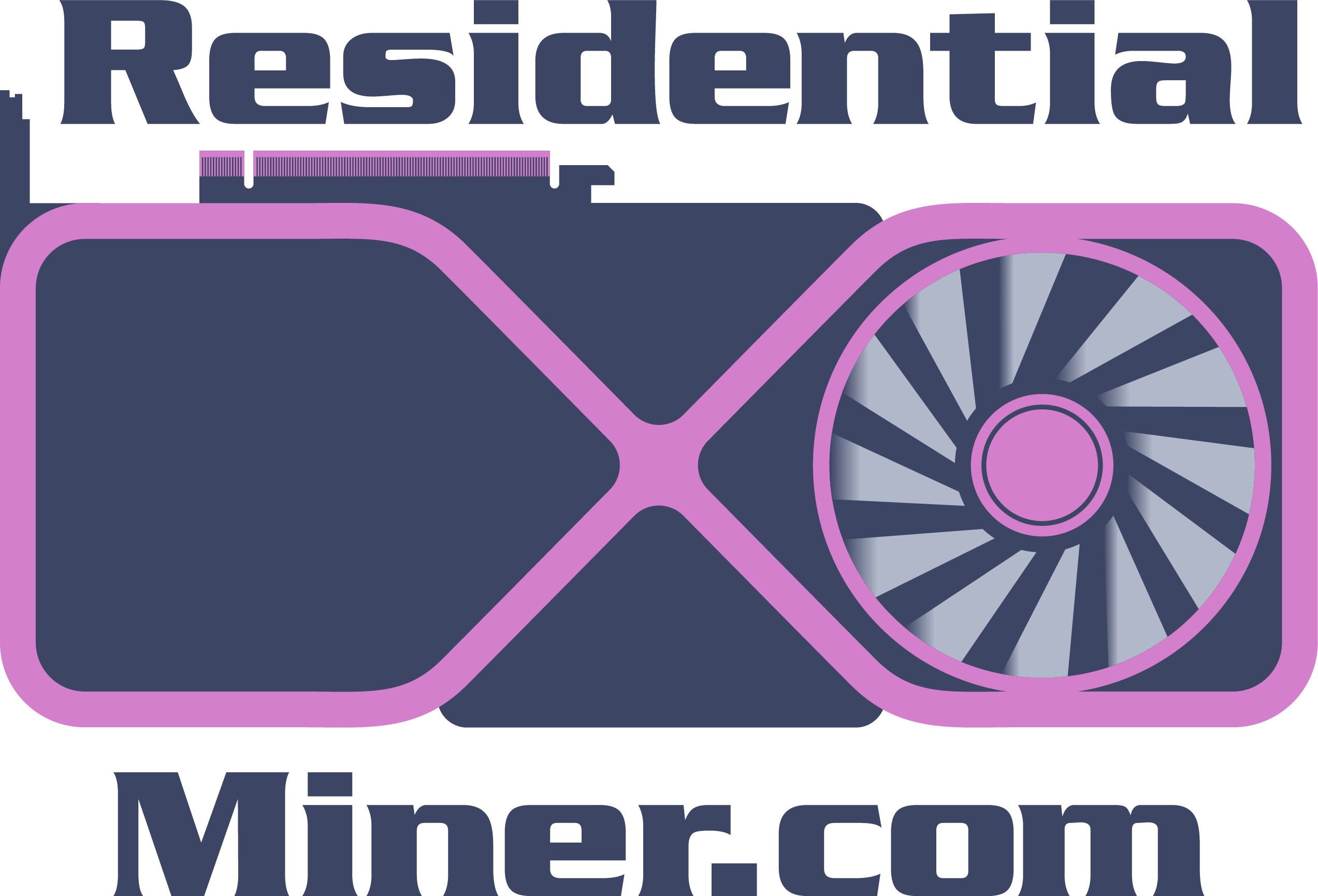
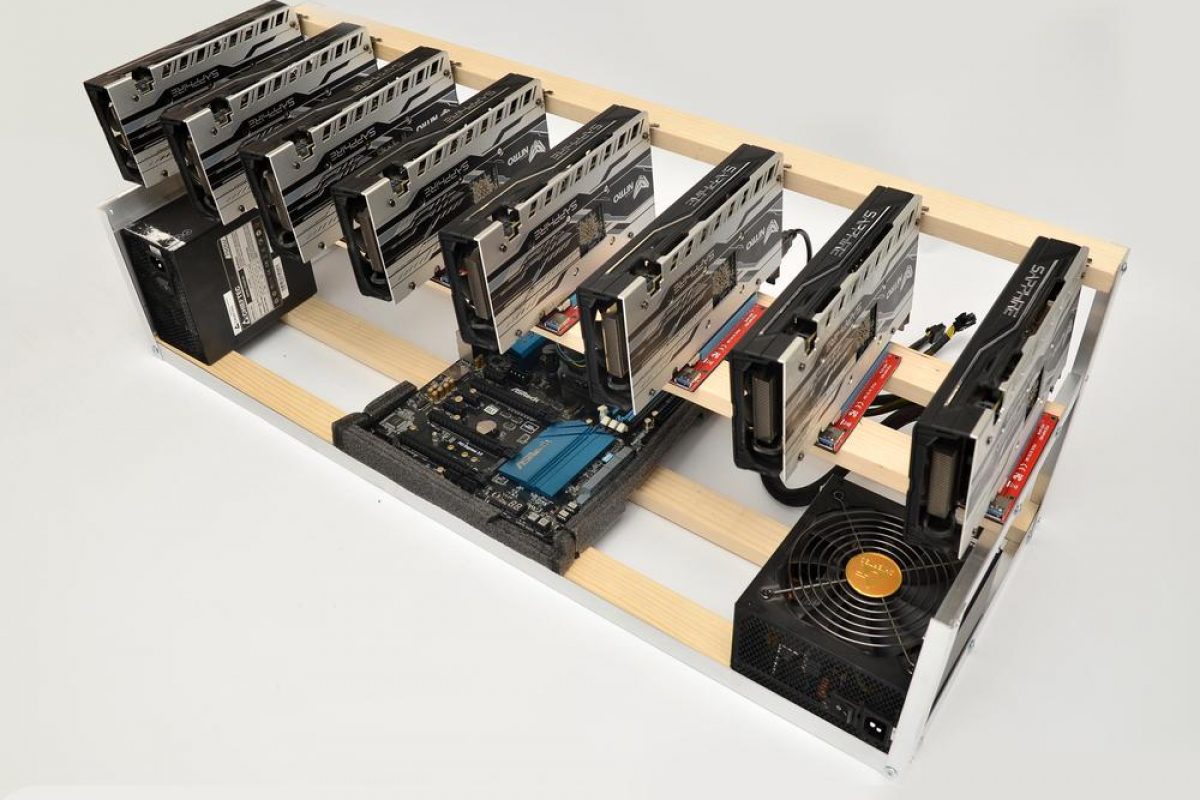











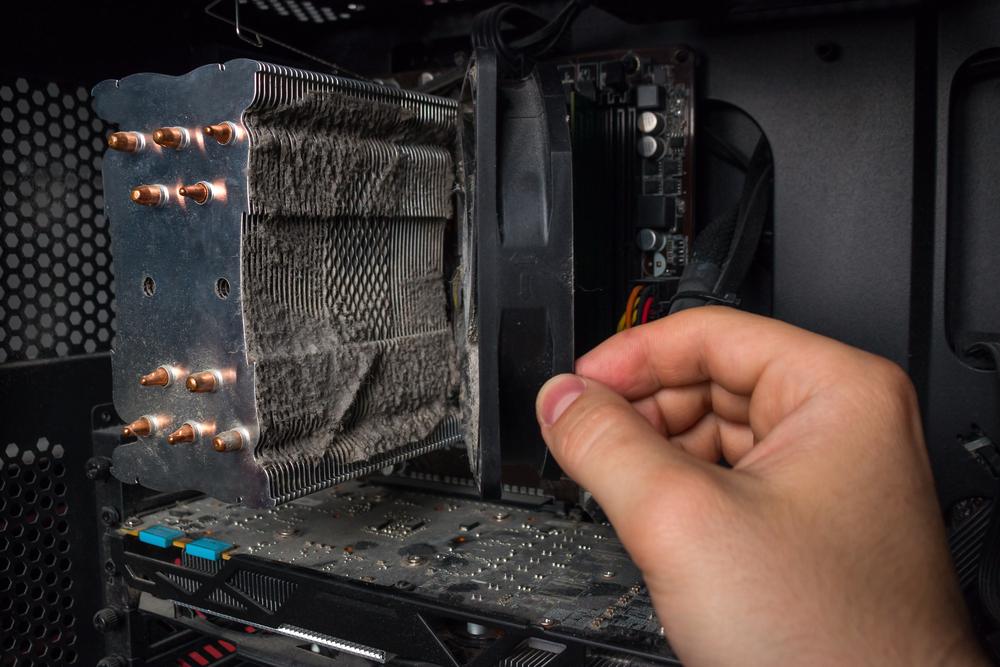

1 Comment
Awesome breakdown of mining hardware! Love the table comparing GPU vs CPU vs ASIC vs Helium with hash rate and energy efficiency considerations. The budget-friendly recommendations for GPUs (RTX 4090, RTX 3070) and CPUs are helpful. Signing up for the newsletter for more crypto mining updates! Thanks!